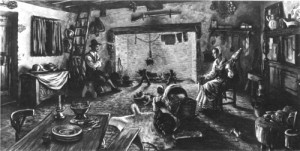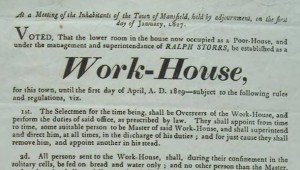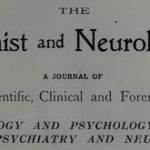Responsibility for helping dependent persons was largely a family affair, though some charities or benevolent individuals did step in to offer assistance. Small towns depended on nuclear farm families to meet their obligations, and authorities only stepped in for the few exceptions that occurred. However, as towns grew into cities, people without families or other support networks flocked to them for work and opportunity. If single or friendless people became insane, no individual had a legal responsibility to care for the person. Officials had to step in, and Massachusetts’ “An Act for the Relief of Idiots and Distracted Persons” in 1694 seems to be one of the earliest pieces of legislation enacted in the colonies for the care of the insane.
City officials began to pay small sums to the lowest bidder for the disabled person’s care, which tended to be dismally inadequate. Insane patients were still chained for convenience, and left to stagnate in cold, dark rooms. Their poorly paid “keepers” made no attempt to treat or cure them, and these unfortunate men and women could only mark time in what was essentially solitary confinement in a cell, until death.
______________________________________________________________________________________








